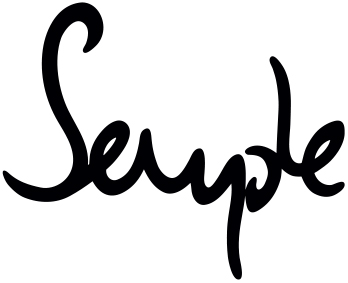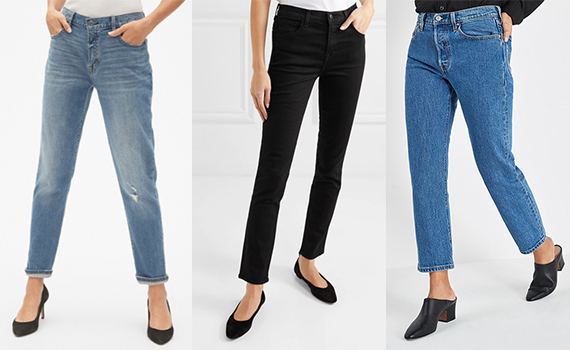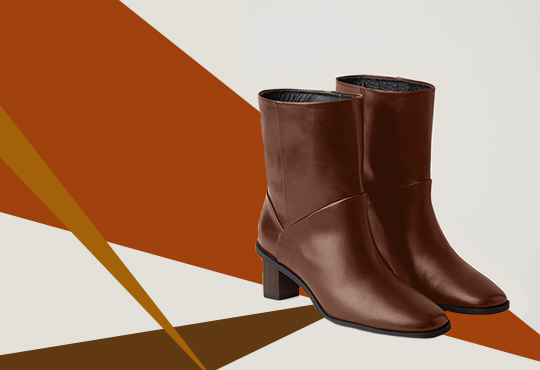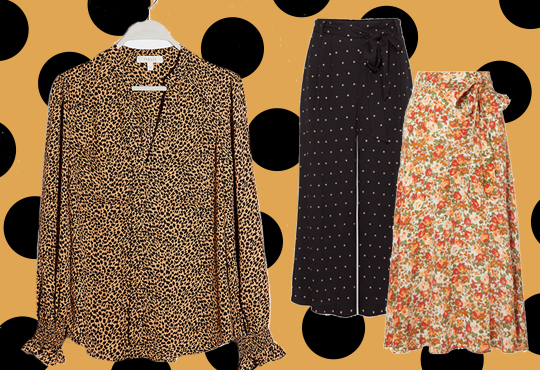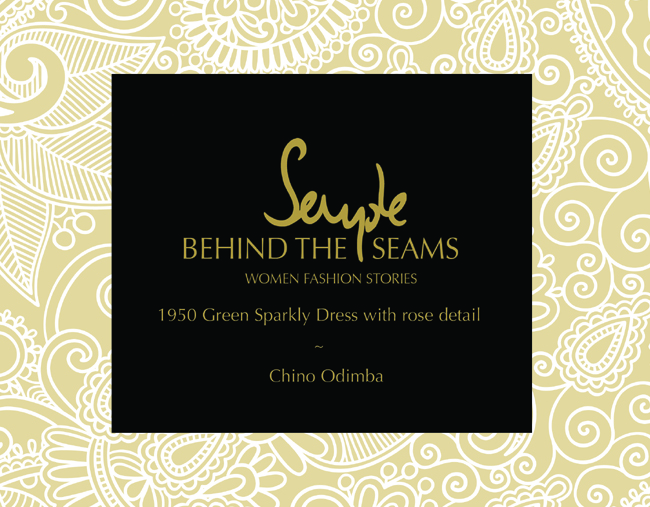
The MSL team have been bringing women together to tell their fashion stories since October 2010. Placing particular emphasis on treasured items of clothing, MSL love to hear about how clothes make women feel and the stories surrounding their fond memories of wearing them.
At MSL we know that every woman has at least one item of clothing that she adores and cannot throw away; a garment makes her feel special and reminds her of exciting and proud moments in her life.
Behind the Seams is a unique and entirely custom-made gift that captures the precise moment of fashion history, a precious story that can be passed on to future generations of fashion lovers.
As we are celebrating the Fashion Book Week we would like to present to you the personalised Behind the Seams that we made for Chino Odimba, one of our most loyal fans.
1950s Green sparkly dress with rose detail
Green…
The colour green was a popular choice among women during the 1950s, although green was also common during the 1940s. The colour palettes of the 50s were quite bright compared to earlier browns, greens, and more subdued combinations of past decades. This era had its fair share of bright colours with clothing in an array of seafoam green, chartreuse and emerald shades. The 60s would bring with it an assortment of vivid and eye-popping greens on the electric side of the colour wheel, but for most, the 50s saw jewelled tones of green as the go-to colour of choice.
1950s Dress…
The 1950s was all about the waist. The hourglass figure was the epitome of feminine sexuality and dresses focused primarily on creating a womanly silhouette; 50s women were quite voluptuous and used the cut of the dress to chinch them in around the waist. Cocktail dresses in the 1950s were women’s best attire, reserved for dinner parties and social events, they aimed to impress. Like most 50s dresses these came down to below the knee and were made of finer rayons, satins, silks and high end cottons usually in vibrant colours such emerald green, much like your dress Chino. Saphire blue and deep red were among other popular shades at the time.
The core shape of the dress is a Sheath Dress; these dresses were a bit shorter and slimmer around the body. Over the last few decades the sheath dress as become even tighter and been coined the pencil dress. The idea was to create a high waisted hourglass shaped garment that would still allow its wearer to move and sit freely.
The dress features a collar detailing which was indicative of the pieces from this time period. It was common practice in the 50s to see single or dual piece dresses adorned with collars and fitted blouses. The deep v created by the use of the collar just further accentuates the figure and draws the eye to the decolletage in a elegant way.
Sheath dresses were especially popular with city women, Hollywood starlets, and wives who married very well. Donning your green dress at cocktail hour would certainly bag you a wealthy suitor. 50s women were quite voluptuous so the cut was the perfect compliment to their bodies leaving them irresistible to all.
Tailoring like Taylor…
One woman who wasn’t afraid to stand out in a glittery vibrant number, showing a little hint of skin around the collar bone was Elizabeth Taylor. Your dress seems to display many attributes that echo Elizabeth Taylors’ classic yet slightly daring style. The deep v shape around the neckline was always favoured by Taylor and the lurex thread used in your green cocktail dress creates the same shimmer and sparkle as a red dress worn by Elizabeth Taylor.
Accessories…
Decoration could either be very minimal with a little beading around the neckline, or fully covered in sequins. The beauty in most 1950s cocktail dresses was in the design of the pleating, ruching, folds, and gathers. Decoration was therefore minimal, it was the style and cut alone that carried the dress. Fabric was bunched and draped in interesting patterns around the bodice and sometimes in the skirt; you will notice this same technique used around the waist of your green dress. Most dresses would feature a wide sash band in the same material as the dress, although your dress has no belted tie, there is a panel sewn in to create the look of a sash belt at the back. Little fashions that caught on during the 1950s included rhinestone jewellery adorned onto clothing. Big and glittery was the tone for accessories. A diamante and jewel encrusted broach was often worn to add that extra galmorous touch. The use of the lurex on the rose detailing on your dress creates an illusion of jewellery, and from a distant could easily be mistaken for a emerald broach pined at the centre of the v neckline.
Sophie Maguire
